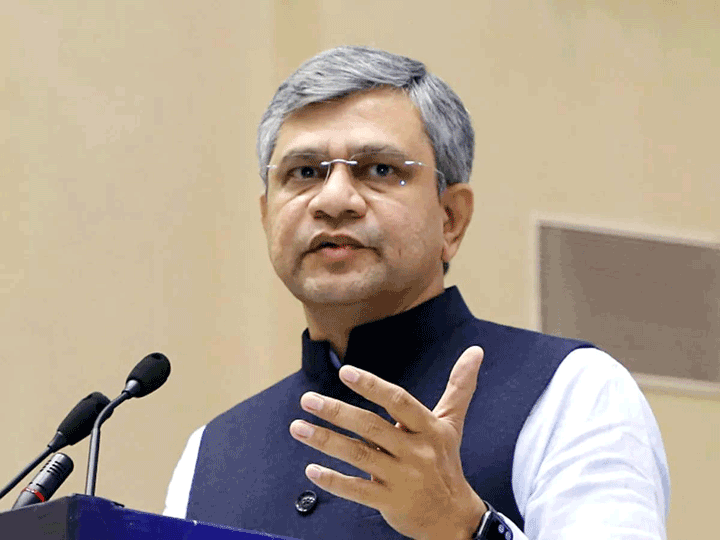Uptick in ARPU helps Bharti Airtel trump Reliance Jio in Q3 numbers
The Bharti Airtel stock was up 9 per cent and hit a fresh all-time high after the company reported a better than expected performance in the March quarter, led by India’s wireless segment. The price hikes that came into effect in December resulted in a 14 per cent jump in average revenues per user (ARPU) on a sequential basis. The metric at Rs 154 is the highest in 12 quarters. This helped the company report a 10 per cent uptick in India business and an 8 per cent increase at the consolidated level. India accounts for three-fourths of Bharti’s consolidated revenues.
With wireless subscribers almost at the same level as in Q3FY20, revenue growth for the India mobile business on a sequential basis was driven entirely by the increase in ARPUs. Most brokerages had expected a 7-10 per cent sequential growth in ARPUs. Bharti’s wireless segment operational performance was better than Reliance Jio according to analysts at IIFL.
“Adjusted for the interconnect usage charge (IUC), we estimate that Bharti’s service revenue growth was upwards of 16 per cent as compared to the estimates for Jio’s service revenue growth of 4.7 per cent.” The outperformance came in despite the fall in IUC revenues, as Jio charges on off-net calls after given talk time while 4G data plans of Bharti offers unlimited voice calls. Reliance Jio (RJio) had reported a 1.7 per cent quarter-on-quarter increase in ARPUs in the March quarter to Rs 130.6. While analysts had expected Bharti to post better ARPU growth than RJio given that Bharti has a lower proportion of subscribers on longer duration plans, the extent of ARPU increase came as a surprise, says IIFL Securities.
While India mobile subscriber base growth was somewhat flat at 283 million, there has been a robust 10 per cent growth in 4G subscriber base to 148 million. Share of 4G customers has crossed the halfway mark for the first time. Given the price hikes, this growth comes at a higher tariff bracket. Data traffic, too, has seen a decent growth of 16 per cent sequentially as compared to 6 per cent growth for RJio.
While India wireless operating profit growth was up 27 per cent sequentially, it was below estimates given a 7.7 per cent increase network operating costs. In addition to this, sales, general and administration costs, as well as employee costs (up 7-10 per cent) dented the gains at the operating level. Despite the uptick in revenues and growth in operating profit, a slew of one-offs, especially Rs 5,600 crore towards regulatory costs (spectrum charge), led to a fourth consecutive quarter of loss for the company. The exceptional costs at Rs 7,512 crore dented the bottom line which came in at Rs 5,237 crore.
What was worrying in the quarter was a reversal of the trend related to capital expenditure. The expenditure more than doubled on a sequential basis to over Rs 11,000 crore in Q4 and accounted for 46 per cent of the total capex in FY20. Debt increased in the quarter and including the balance liability portion of adjusted gross revenues, total net debt has crossed the Rs 1 trillion mark, while net debt to operating profit stands at 3.5 times.











